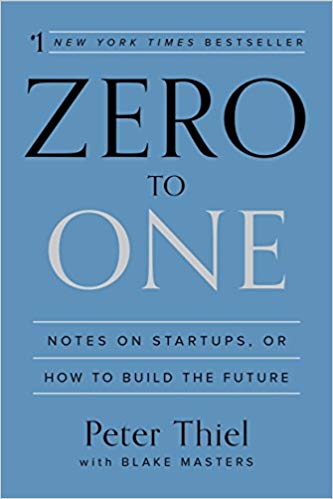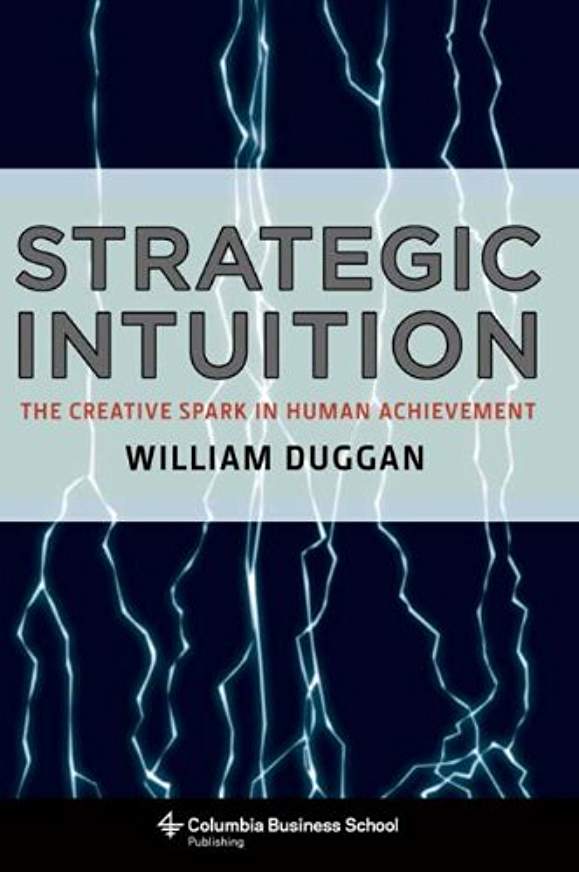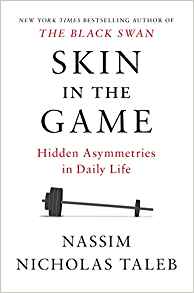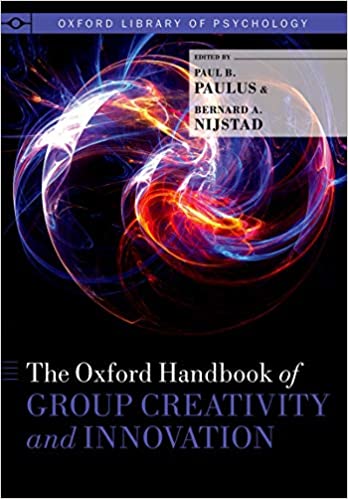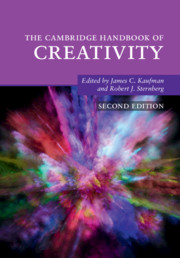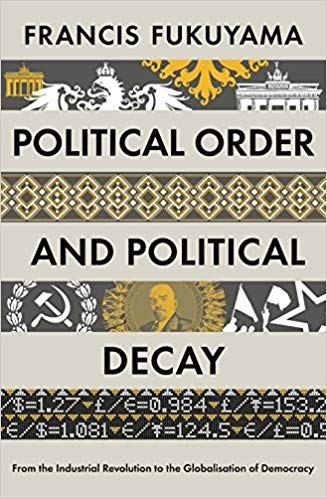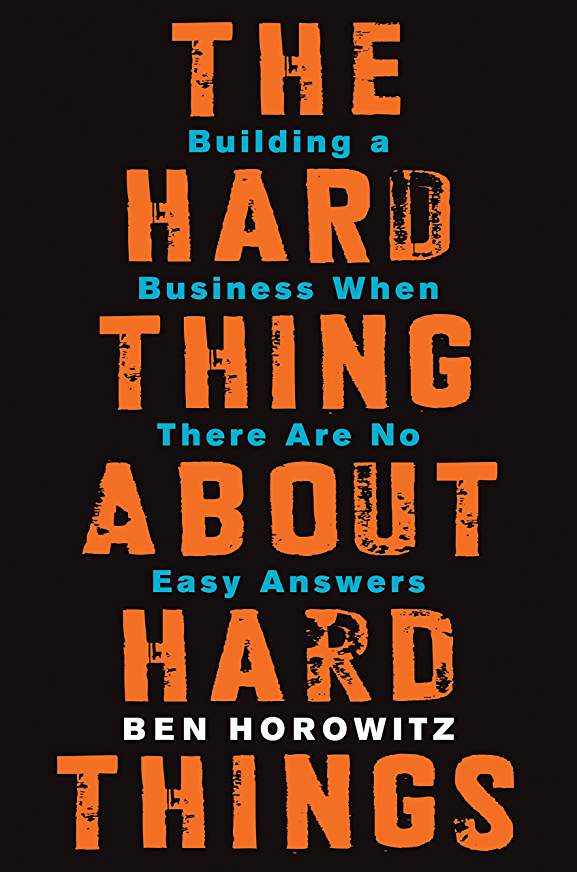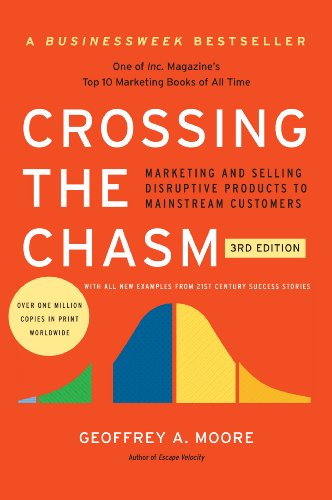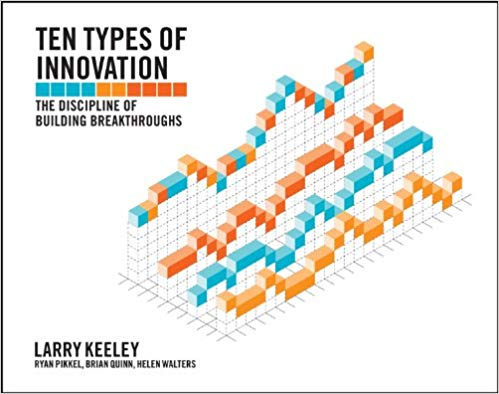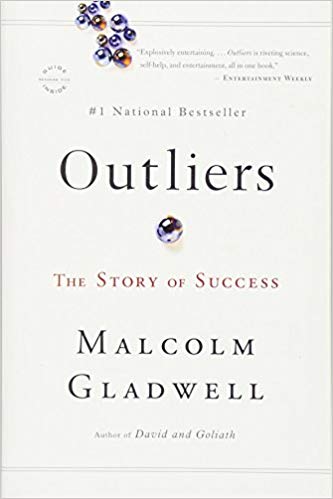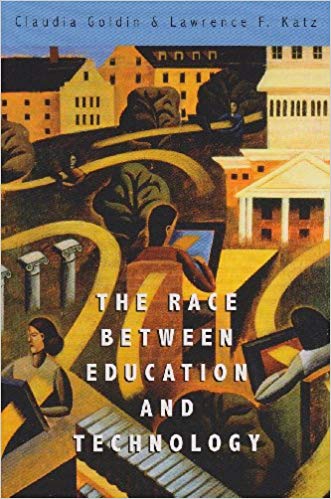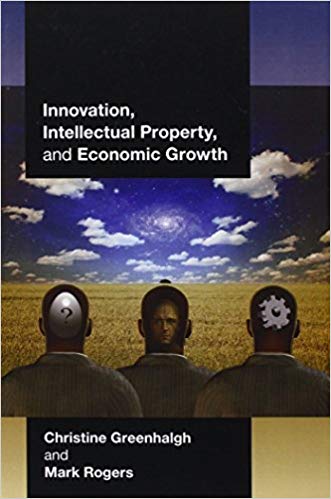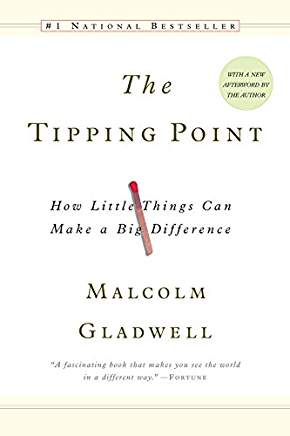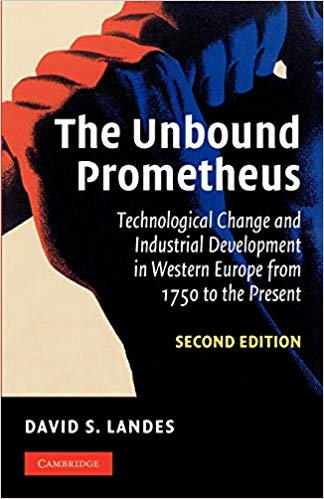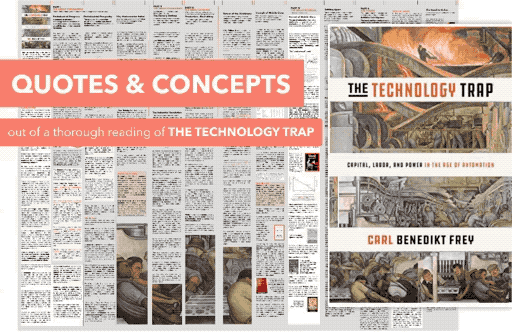Innovations
living idea
The sum of creative and logical thinking combined to produce something meaningful and take ideas forward.
Filter 29 available resources by topic
Books (19)
- In Zero to One, legendary entrepreneur and investor Peter Thiel shows how we can find singular ways to create those new things. Doing what someone else already knows how to do takes the world from 1 to n, adding more of something familiar. But when you do something new, you go from 0 to 1.Jul 8, 2019
- William Duggan has conducted pioneering research on strategic intuition and for the past three years has taught a popular course at Columbia Business School on the subject. He now gives us this eye-opening book that shows how strategic intuition lies at the heart of great achievements throughout human history.Jul 7, 2019
- "Skin in the Game” provides a meta guide to risk exposure and how the fragility works. It’s not so much exploration of strategies for dealing with uncertainty, it’s more of a deep intellectual dive into origins of thinking about risks and its impact on politics, businesses, belief systems - across different magnitudes of scale.Jul 4, 2019
- The book covers recent theoretical, empirical, and practical developments that provide a solid basis for the practice of collaborative innovationApr 30, 2019
- The handbook introduces creativity scholarship by summarising its history, major theories and assessments, how creativity develops across the lifespan, and suggestions for improving creativity.Apr 24, 2019
- …Sep 17, 2015
- Ben Horowitz, cofounder of Andreessen Horowitz and one of Silicon Valley's most respected and experienced entrepreneurs, offers essential advice on building and running a startupMar 4, 2014
- Marketing and Selling Disruptive Products to Mainstream Customers. The book illustrates existence of a vast chasm between the early adopters and the early majority in the Technology Adoption Life CycleJan 28, 2014
- Using a list of more than 2,000 successful innovations the book explores these insights to diagnose patterns of innovation, and to evaluate how firms are performing against competitors. The framework has proven to be one of the most enduring and useful ways to start process of transformation.Apr 15, 2013
- An intellectual journey through the world of "outliers"--the best and the brightest, the most famous and the most successful. He asks the question: what makes high-achievers different?Jun 7, 2011
- A masterful work by two leading economists on some of the biggest issues in economics: economic growth, human capital, and inequality. There are fundamental insights in the book, not just about our past but also our future.Mar 30, 2010
- A comprehensive perspective on the micro- and macroeconomics of innovation. The book breaks new ground in identifying and analyzing the key ingredients driving economic growth.Jan 24, 2010
- How Little Things Can Make a Big Difference and the science behind viral trends in business, marketing, and human behavior.Jan 2, 2002
- A collection of essays brings psychiatric and philosophical authority to the discussion of an important topic - creativity. AN enormous amount of seminal works on creativity. Individual papers are all classics.Jun 1, 1976
- An unbeatable introduction to the economic history of the industrial and technologiocal revolutions in Western Europe.Nov 16, 1969
- A semi-academic book on the diffusion process (adopt an innovation, then spreading it the word among their circle of acquaintances). The information contained within is paramount to implementing change across a diverse population.Jan 1, 1962
- An exploration of a large number of major and increasingly complex problems facing human society. Homer-Dixon fears that it is: "the hour is late," and we're blindly "careening into the future."Oct 17, 0200
- < Back The quotes from copyrighted materials are …
- Will we all be better off having fully-evolved AI to our disposal? Or will it cause turmoil on a job market? Any serious exploration of such topics should begin with thorough read of this book.
Articles (1)
- In the new product development (NPD) unacceptably high failure rates have often been related to insufficiencies during the early development phases. Nevertheless, only little effort is devoted to the early phases, and managers often indicate the front end as being one of the greatest weaknesses in product innovationJan 19, 1999
Scientific Papers (8)
- Albert Hirschman’s originality lies in his general approach to problem-solving which is hidden behind the complexity of his oeuvre. This article intends to disentangle the intricacies of his work and to reveal his specific mode of investigation.Jul 9, 2019
- Empirical investigation of the drivers of growth must shift down to a more microeconomic level. policy choices at the local level affect growth. Both theory and empirics need to downshift to the microeconomic level if we are to make advances in identifying specific means of encouraging innovation and growth.Jul 7, 2019
- Illustration how Technology Foresight can have a tangible impact on strategic planning and priority-setting of organizations that spend money on science and technology.Jul 7, 2019
- The proximity of team members has potentially important implications for the collaborative working of teams. Using data from 430 team members and team leaders of 145 software development teams, the results of the regression models show that team members' proximity is significantly related to teamwork qualility.Sep 27, 2004
- paper explores the ways in which Wilbur and Orville Wright thought as they tackled the problem of designing and constructing a heavier-than-air craft that would fly under its own power and under their control. They used analogies based on mental models.Jul 28, 2004
- From the evolutionary perspective, one cannot directly sum micro into macro. Instead, an economic system can be conceived as a set of meso units, where each meso consists of a rule and its population of actualizations. The proper analytical structure of evolutionary economics is in terms of micro–meso–macro. The upshot is an ontologically coherent framework for analysis of economic evolution as a growth of knowledge process.Jul 15, 2004
- The analysis suggests that empirical investigation of the drivers of growth must shift down to a more microeconomic level. Using examples from India article suggest that in order to engender growth one need think much more carefully about policy choices at the local level.Apr 1, 2004
- On the super-additive contribution of original breakthrough invention and “mere imitation” and active sharing of IP instead of hoarding it.Jan 1, 2003
